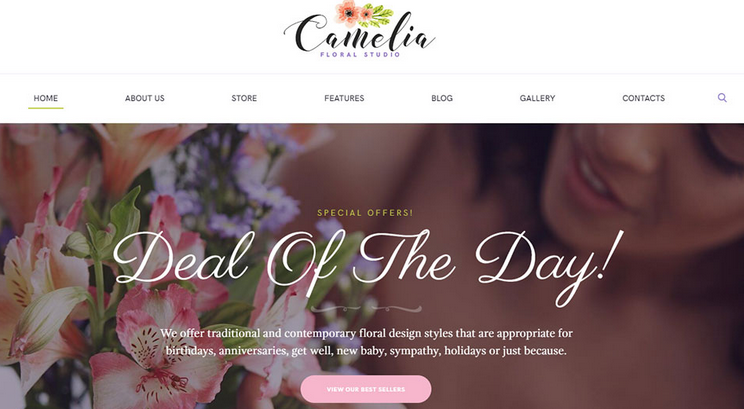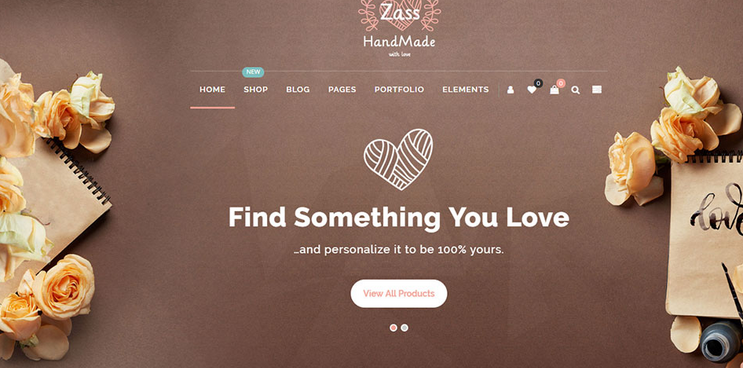Creating an appealing and functional web design is crucial for the success of any blog. Blogs serve as platforms for sharing ideas, stories, and information with the world. To engage and retain readers, your blog’s web design should be both visually pleasing and user-friendly. In this article, we will explore the essential elements of web design for blogs that help captivate audiences and keep them coming back for more.

The Visual Appeal
1. Clean and Readable Typography
Selecting the right fonts is a fundamental aspect of blog web design. Choose fonts that are easy to read, both on desktop and mobile devices. Avoid overly decorative fonts that might distract from your content.
2. Color Scheme Harmony
Create a harmonious color palette for your blog. Consistency in colors not only enhances your blog’s aesthetics but also strengthens your brand identity. Ensure that text is easily readable against the background color.
3. Engaging Images and Graphics
Integrate high-quality images and graphics that complement your content. Use visuals to break up text, illustrate points, and make your blog visually appealing. Optimize images for faster page loading.
User Experience Matters
4. Mobile Responsiveness
In the age of smartphones, a mobile-responsive design is non-negotiable. Ensure that your blog looks and functions well on various screen sizes. A responsive design improves user experience and SEO rankings.
5. Intuitive Navigation
Your blog’s navigation should be user-friendly and intuitive. Organize content into clear categories and use a logical menu structure. Incorporate a search bar for readers to find specific articles quickly.
6. Readable Content Layout
Break up your content into scannable sections. Use headings, subheadings, and bullet points to make articles easier to skim. Large blocks of text can be overwhelming, so keep paragraphs concise.
Engaging Readers
7. Interactive Elements
Encourage reader interaction with features like comment sections, social media sharing buttons, and subscription forms. Interaction fosters a sense of community and helps grow your blog’s audience.
8. Related Posts and Recommended Readings
Implement related posts or recommended reading sections at the end of articles. This keeps readers on your blog by suggesting relevant content that aligns with their interests.
Performance and SEO
9. Page Loading Speed
Slow-loading websites can frustrate visitors. Optimize your blog’s performance by compressing images, using browser caching, and choosing a reliable hosting service. Faster loading times improve SEO and user experience.
10. SEO Optimization
Blogs thrive on organic traffic, so SEO is paramount. Use relevant keywords naturally in your content, titles, and meta descriptions. Employ SEO plugins or tools to help with on-page optimization.
The Personal Touch
11. About Page
An “About” page allows readers to connect with the person or team behind the blog. Share your story, mission, and values to build trust and a sense of authenticity.
12. Author Profiles
If your blog has multiple authors, create author profiles with photos and brief bios. Readers appreciate knowing the faces and voices behind the content.
Keeping it Secure
13. Security Measures
Protect your blog and your readers by implementing security measures. Keep your website software and plugins updated, use strong passwords, and employ security plugins or services to monitor and prevent threats.
Consistency is Key
14. Branding Consistency
Maintain consistency in your blog’s branding elements. Use the same logo, color scheme, and fonts across your blog and social media profiles. A cohesive brand identity strengthens recognition.
Conclusion
In the realm of blogging, web design is a powerful tool for capturing and retaining your audience’s attention. A well-crafted design enhances user experience, reinforces your blog’s branding, and contributes to your content’s readability. By focusing on visual appeal, user experience, engagement, performance, and personalization, you can create a blog web design that not only looks great but also keeps readers coming back for more. Remember, a blog is a reflection of your voice and ideas, and its design should complement and enhance your unique content.

